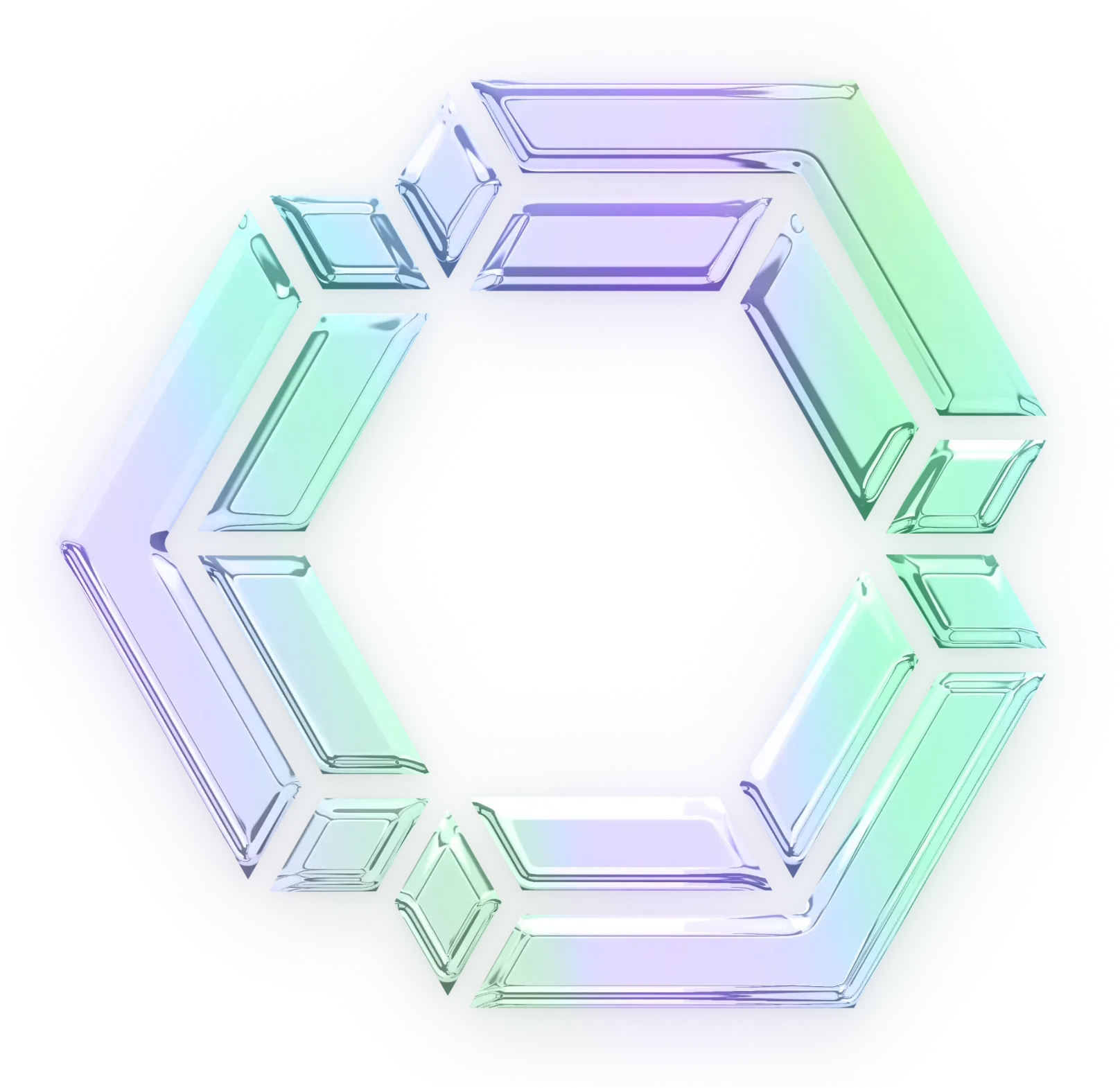You Can't Rent Your Competitive Advantage
Your competitive advantage: built on workflows only you can create.

The industry spent 18 months building chat interfaces on top of everything. Copilot Chat. ChatGPT plugins. Slack bots that summarize threads. Notion AI that drafts documents.
It looked impressive. It shipped fast. And it solved the wrong problem.
Chat Was Training Wheels
Turns out the bottleneck in software development isn't UI friction. It's the volume of decisions requiring human attention.
You went from clicking buttons to writing prompts, but you were still babysitting every step. Draft this spec, then review it. Make it more technical, then review again. Add security considerations, then review once more. Fix this bug, review the code. Add tests, review the tests. Update docs, review the docs. Triage these issues, review each one. Assign them, review the assignments.
Same work. Different interface. You're still there for every decision.
Chat interfaces are for AI that assists you. The next phase is AI that works autonomously on your behalf. That's Continuous AI: event-driven workflows where AI handles entire tasks from trigger to completion, only pulling you in when human judgment is actually required.
Every Company Has 200 Unique Workflows
Your competitive advantage lives in workflows no vendor will ever build.
Sure, vendors will ship opinionated workflows for common cases. GitHub issue gets auto-triaged. Sentry error becomes a drafted PR. Customer support ticket becomes an extracted feature request. These solve problems that affect thousands of customers. They'll work okay for 60% of teams.
But your team isn't average. Your support system might be Zendesk, Intercom, Front, or a custom tool. Your deployment has bespoke steps that vary by service and environment. Your code review standards reflect your team's specific quality bar and culture. Your documentation lives in Notion, Confluence, GitHub wikis, or Google Docs. Your definition of a "simple change" is completely different from the next company's.
Vendors build workflows for their own products. You need workflows that connect all your tools. Even a simple incident response workflow touches Sentry, Linear, GitHub, Slack, and your docs. That chain is yours to build.
The Build vs Wait Divide
Two groups are forming.
Teams that build their own Continuous AI workflows define custom triggers. When a Sentry error exceeds 100 occurrences, or a PostHog flag hits 80% rollout, or a customer Slack message mentions "bug", these become automatic starts for autonomous work. They compose agent chains where one workflow feeds the next. A Slack question triggers a doc search, which drafts a response, which goes through human review, which posts the final answer. They connect any tool via MCP servers, not just the integrations their vendor decided to build. They measure what actually matters to them: intervention rates, time-to-resolution, workflow success.
Teams that wait for vendors to build workflows for them stay dependent on vendor roadmaps. Features get prioritized for the majority, not their edge case. They're limited to pre-built integrations. They're stuck at vendor iteration speed. They're gated by someone else's engineering capacity.
The gap between these groups is going to get massive, fast.
This Has Happened Before
I remember rolling out CI in engineering orgs back in the day. CruiseControl, then Hudson (before it became Jenkins). We were so excited we automated red and green lava lamps to show build status. The teams that adopted automated testing and deployment early didn't ship 2x faster. They shipped 10x faster. They could iterate, experiment, and respond to users in ways competitors couldn't match. The difference wasn't incremental. It was categorical.
Continuous AI is the next categorical gap.
If you're building autonomous workflows, you resolve issues before humans even see them. You ship features from idea to production in hours. Your docs, tests, and monitoring stay current automatically. You scale output without scaling headcount linearly.
If you're waiting for vendors, you're still manually triaging tickets. Still waiting on PR reviews. Still watching documentation rot. Still limited by your existing automation ceiling.
Why You Have To Build It Yourself
Your competitive moat isn't in the workflows everyone has. It's in the workflows only you need.
That workflow that turns your specific customer feedback pattern into prioritized issues? Vendor won't build it. That chain that monitors your performance metrics, detects degradation, bisects the regression, and files a PR? Too specific to your stack. That system that keeps your compliance documentation in sync with code changes? Reflects your unique regulatory requirements.
These workflows are your competitive advantage. And you can't rent them from someone else's roadmap.
What Building Looks Like
The teams winning right now aren't waiting for perfect tooling. They map one manual workflow they do repeatedly. Then they automate it with supervision using local agents they can watch and step into when needed. They make it reliable through iteration (better prompts, clearer rules, right context). They deploy it with triggers so it runs without human initiation. They measure intervention rates to know when it's truly autonomous. Then they move to the next workflow.
Then they compose these workflows together. Customer feedback becomes a triaged issue, which becomes a drafted spec, which becomes an implemented feature, which becomes updated docs, which gets deployed, which generates a summary posted to Slack. Each arrow is an autonomous workflow.
This isn't a six-month initiative. Teams are doing this today.
The Question
Every company is about to become a Continuous AI company, whether they realize it or not.
Vendors will provide commodity workflows. Your competitive advantage lives in the unique ones they'll never build.
You can build your workflows, or you can rent someone else's.
Teams that build are already pulling ahead.

